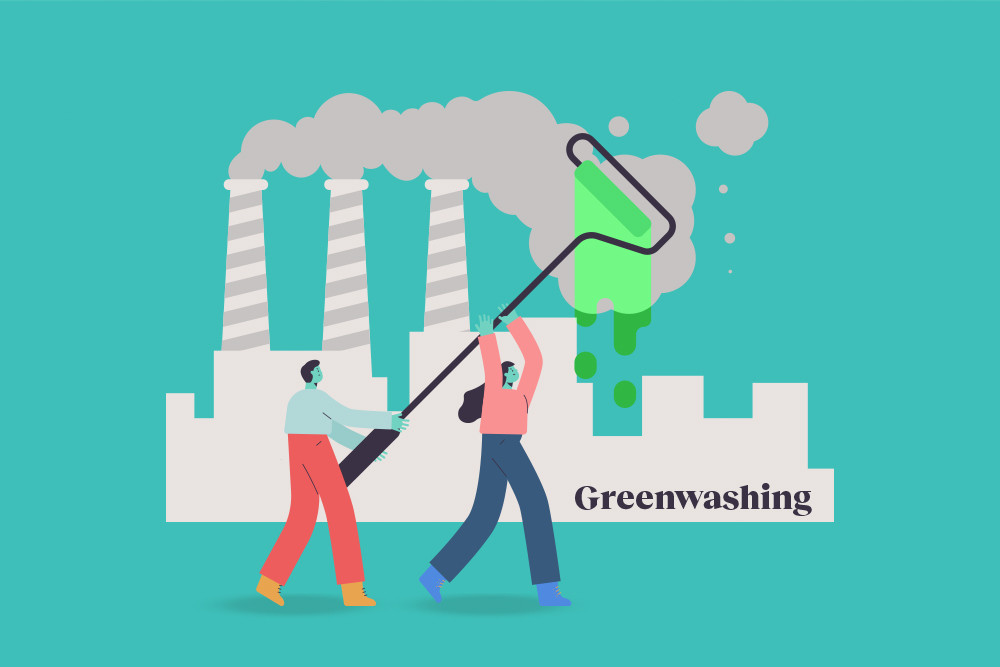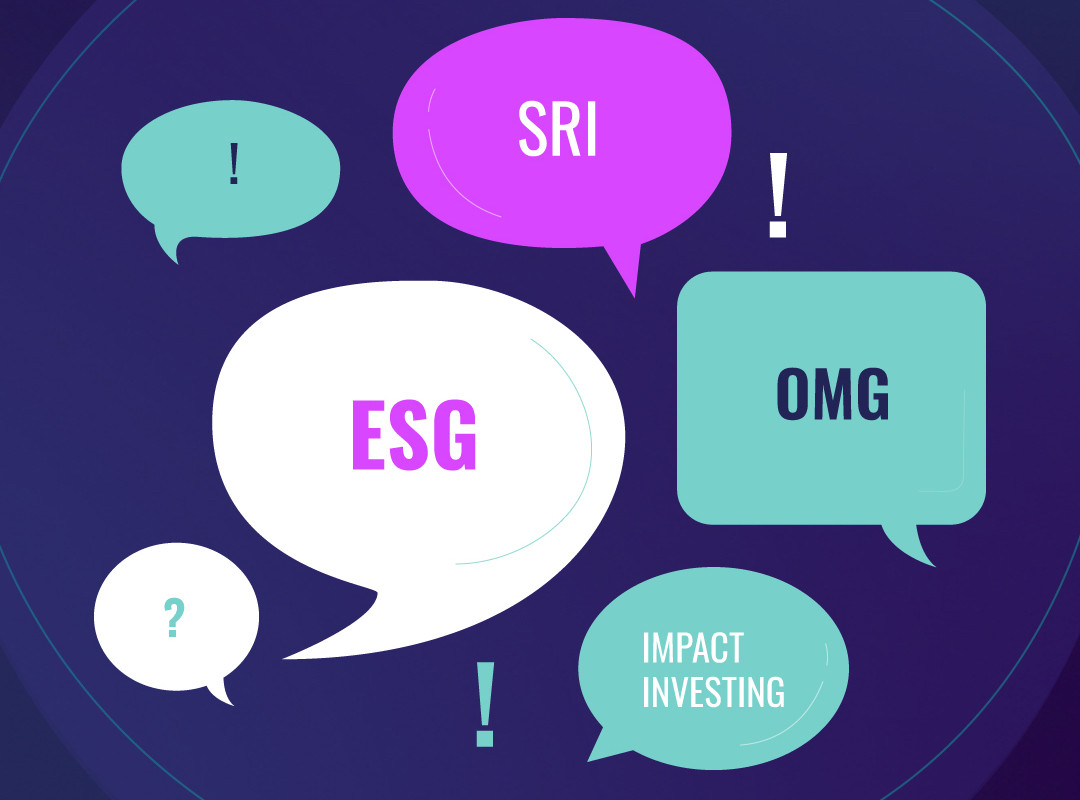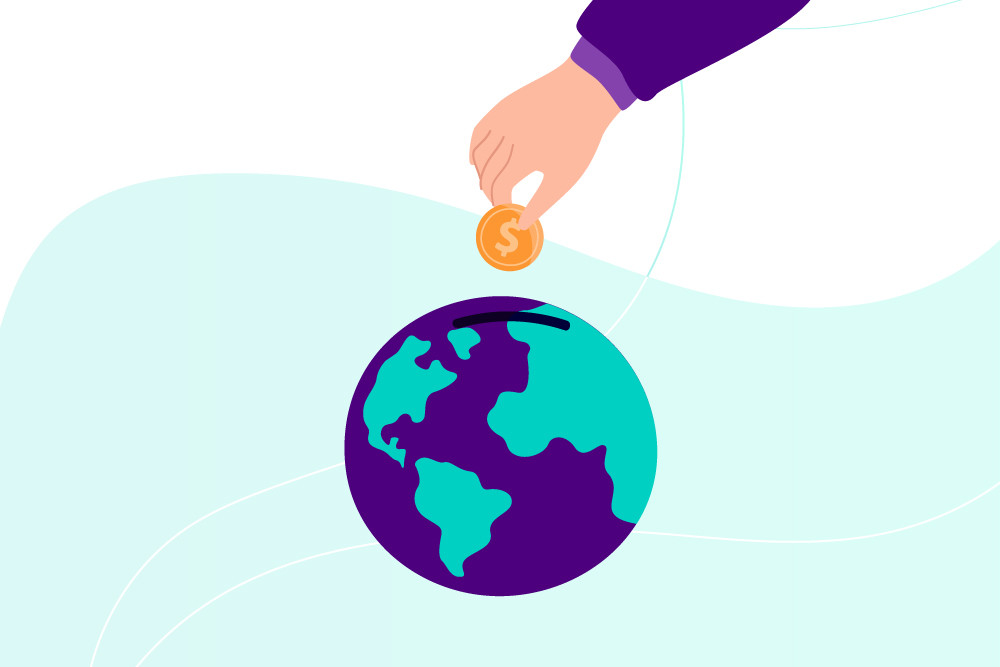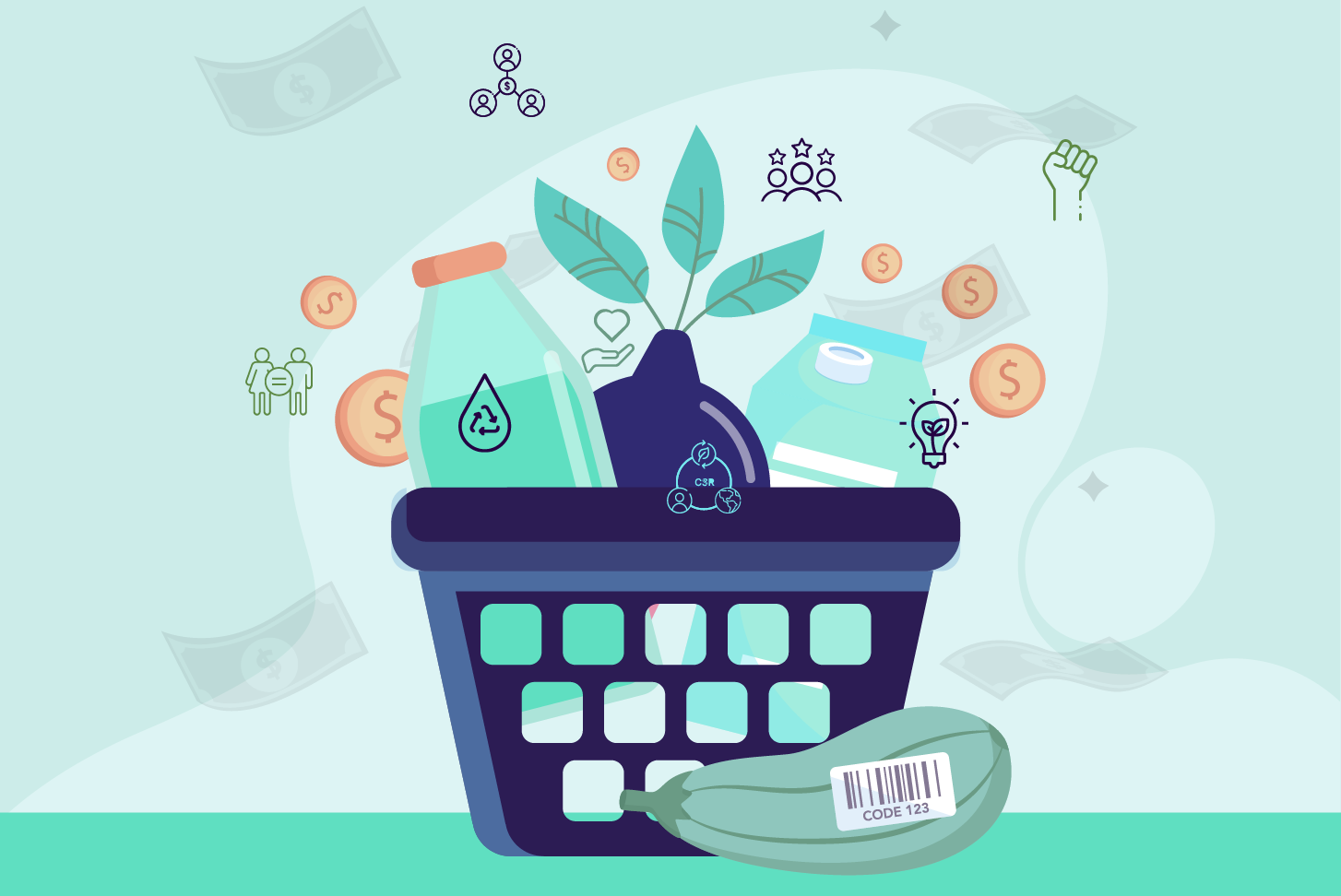 Back to Learn page
Back to Learn page

Green, Social Impact, and Sustainability Bonds are Financing Public Benefit
Want to invest in bonds while having a positive impact on the world? It may be time to get familiar with green bonds, social impact bonds, and sustainability bonds.
As a quick recap, bonds are essentially loans or IOUs that provide the borrower (such as governments or corporations) with external funds to finance long-term goals. When a person invests in a bond, they’re basically loaning money to that borrower, who will pay back the principal amount plus interest over time. An example of this would be municipal bonds, which local governments issue to finance essential services such as infrastructure projects.
Similar to how environmental, social, and governance (ESG) has taken over the stock market, impact investors are looking for ways to promote environmental or social good with their investments into the debt market (i.e. bonds). This has led to new asset classes like green, social, and sustainability bonds.
Let’s look into these three types of bonds.
Green Bonds
A green bond is a type of financial instrument that lends money to finance projects that are meant to help the environment.
The first AAA-rated green bonds were issued in 2007 by the European Investment Bank and World Bank. This capital funded both renewable energy and energy efficiency projects with the goal of climate change mitigation.
Since market inception, the green-labeled bond market has ballooned to over $1 trillion cumulative issuance with an average annual growth rate of 95%. Green bonds are wildly popular and robust, channeling funding towards things like electric transportation infrastructure, research & development of low-carbon technologies, water supply management, wastewater collection and treatment, pollution prevention and control, protection and restoration of biodiversity and ecosystems, and sustainable forest management. There’s even a subcategory of green bonds called “blue bonds” that focuses on clean water and ocean ecosystem preservation/restoration.
In one of the first green bond issuances of 2023, Hong Kong announced that it raised $5.8 billion in green bonds, which is intended to fund the sustainable economic development of the region. Not a bad start to the year.
Social Impact Bonds
Social impact bonds are like green bonds, except instead of providing funding to environmental initiatives, they are meant to finance social services and drive positive social outcomes.
Geoff Mulgan, then CEO of Young Foundation, is credited with coining the term “social impact bond.” The first social impact bond launched in 2010 by United Kingdom-based Social Finance Ltd. with the goal of reducing recidivism (which is when someone who served prison time commits another crime). Since then, the market has expanded the range of possibilities for social impact bonds, addressing issues facing low-income people and the unemployed, migrants, women and/or marginalized genders, people with disabilities, displaced persons, and other communities in need. Social impact bonds finance actions such as improving food security and sustainable food systems, piloting programs around socioeconomic advancement, building affordable housing, increasing access to essential services, and building affordable basic infrastructure.
While not as prevalent as green bonds, the market for social impact bonds is still rapidly growing. Brookings reported that as of July 2020, at least 194 social impact bonds have been contracted in 33 different countries, representing over $421 Million in upfront investment and over $460 Million in total outcome funding committed.
Sustainability Bonds
You can think of sustainability bonds as a combination of green and social impact bonds.
Sustainability bonds finance projects that have both positive environmental and social outcomes. The United Nations 17 Sustainable Development Goals, adopted by member states in 2015, takes a systems-approach to conceptualizing the interlinking social and environmental themes we need to collectively address in order to achieve peace and prosperity for people and the planet. Sustainable bonds support projects in multiple SDG areas. From 2017 to 2023, we saw a massive increase in sustainable bond issuance from $200 billion to nearly $1.5 trillion.
The green, social, and sustainability bond markets are experiencing rapid growth, and thus have to deal with some growing pains, grappling with finding standardized policies and procedures around transparency, impact measurement, and reporting. But the growth of these bonds are exciting, as they potentially offer a new asset class for impact investors to look into.
Risk Considerations:
There is no assurance that a Portfolio will achieve its investment objective. Portfolios are subject to market risk, which is the possibility that the market values of securities owned by the Portfolio will decline and that the value of Portfolio shares may therefore be less than what you paid for them. Market values can change daily due to economic and other events (e.g. natural disasters, health crises, terrorism, conflicts and social unrest) that affect markets, countries, companies or governments. It is difficult to predict the timing, duration, and potential adverse effects (e.g. portfolio liquidity) of events. Accordingly, you can lose money investing in this Portfolio. Please be aware that this Portfolio may be subject to certain additional risks. Fixed income securities are subject to the ability of an issuer to make timely principal and interest payments (credit risk), changes in interest rates (interest-rate risk), the creditworthiness of the issuer and general market liquidity (market risk). In a rising interest-rate environment, bond prices may fall and may result in periods of volatility and increased portfolio redemptions. In a declining interest-rate environment, the portfolio may generate less income. Longer-term securities may be more sensitive to interest rate changes. ESG strategies that incorporate impact investing and/or Environmental, Social and Governance (ESG) factors could result in relative investment performance deviating from other strategies or broad market benchmarks, depending on whether such sectors or investments are in or out of favor in the market. As a result, there is no assurance ESG strategies could result in more favorable investment performance.
∙ ∙ ∙
The views expressed are those of the author at the time of writing, are not necessarily those of the firm as a whole and may be subject to change. The information contained in this advertisement is for informational purposes and should not be regarded as an offer to sell or a solicitation of an offer to buy any. It does not constitute a recommendation or consider the particular investment objectives, financial conditions, or needs of specific investors. Investing involves risk, including the loss of principal. Past performance is not indicative or a guarantee of future performance. We do not provide tax, accounting, or legal advice to our clients, and all investors are advised to consult with their tax, accounting, or legal advisers regarding any potential investment. The information and any opinions contained in this advertisement have been obtained from sources that we consider reliable, but we do not represent such information and opinions are accurate or complete, and thus should not be relied upon as such. This is particularly true during periods of rapidly changing market conditions. Employing ESG strategies may not result in favorable investment performance. Securities offered through Fennel Financials, LLC. Member FINRA SIPC.

Expand your knowledge further

Greenwashing is a superficial and sometimes misleading way companies claim sustainability.

Some investors have a hypothesis that ESG investments generate stronger, more sustainable returns over the long term.

There are a lot of terms used in the world of impact investing, what do they all mean?

Active ownership could help ESG investors push for more impactful change.

What does impact investing look like in practice?

Proactive companies prioritize ESG in their business practices.

Social impact doesn't always happen in a vaccum.

An ESG index can help you track the performance of certain ESG-vetted companies over time.

Let's take a look back at some of the things that happened during last year's AGM season.

A growing number of future business leaders are learning about sustainability in their MBA programs.
Take back the power of your investment
